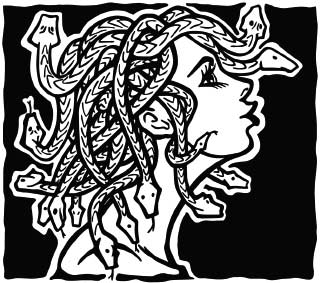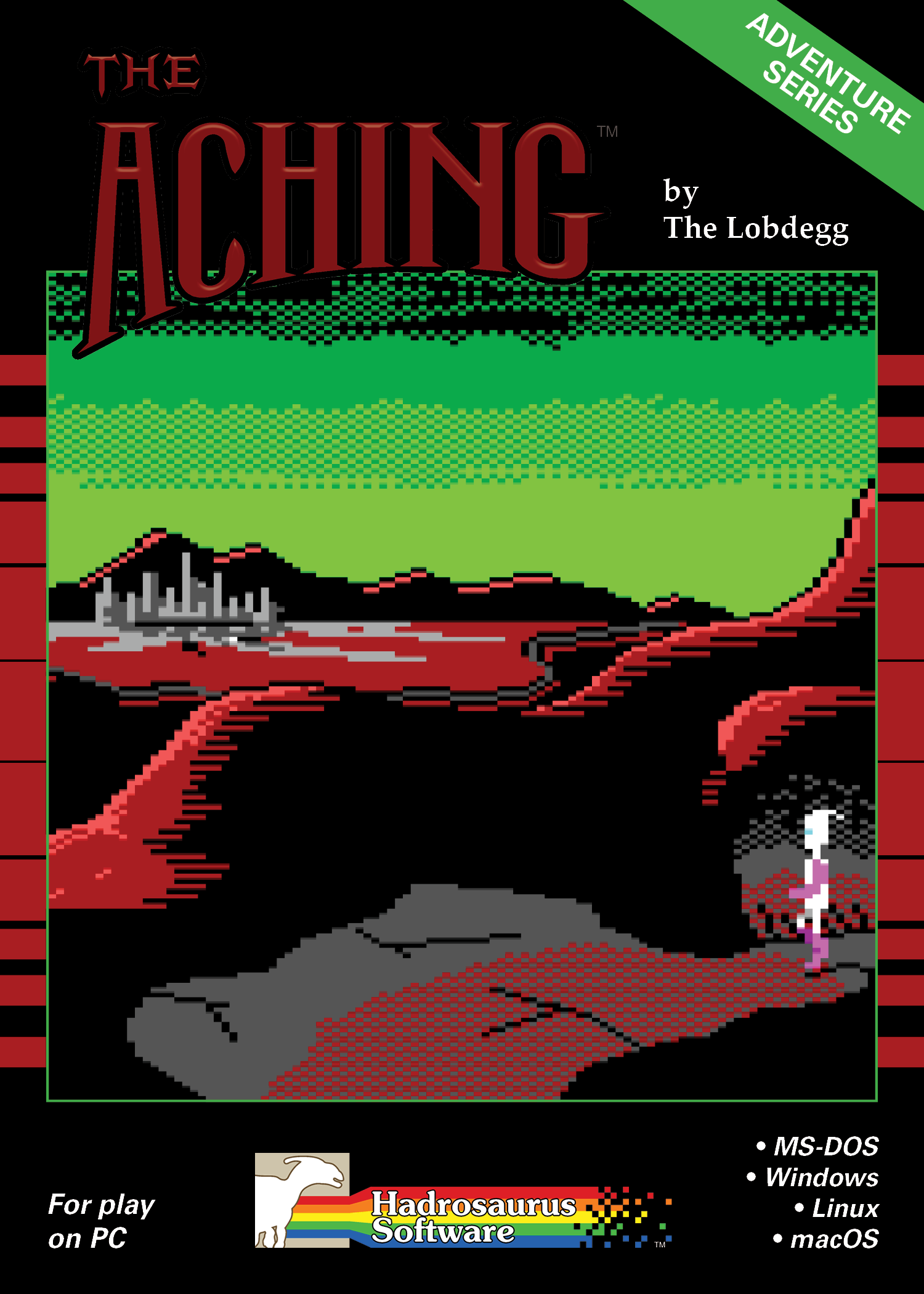 Home
Memoirs of a Gamer
Movies I watched
Guidebook
Links
Home
Memoirs of a Gamer
Movies I watched
Guidebook
Links
004 - The Aching and my Gorgon Engine
posted: 2025/09/20

I was chattering the other day with a close friend about pixel art in modern games and how a lot of it looks very same-y. This isn't so much a knock against pixel art as an art form but more how everyone tries to ape the styles of successful games. We were discussing how pixel art styles of the 80s and 90s varied widely from developer to developer and I noted that it was because pixel art wasn't really a style. They were traditional artists that were trying to translate their work into a digital medium that imposed a lot of restrictions. It's more of a medium than an actual art style.
We talked about a game released recently called Sea of Stars and how after it came out lots of developers copied their art style in a hopes of riding it's popularity. This behavior has left a bad taste in my friend's mouth where pixel art is concerned as she now associates the medium of pixel art with this specific art style and she would want any project she works on to be readily identifiable as her game and not easily confused for another.
This all got me thinking about how important it can be to give any project you make something unique to give it identity. Something that helps people to tell your project from the literal millions of similar games out there. I've heard people react to the proliferation of indie games as a negative thing and I don't think it's intrinsically bad. I do however think it's important that game devs give their projects something unique, either in quality or exact combination of qualities to give it an easily identifiable presence. That I should be able to pull up screen shots or videos of a game and immediately be able to tell it apart from every other game out there.
And then I considered my failures with my game...
This isn't to say I feel like The Aching was a failure of a game, far from it! I think the artwork being hand drawn by me, someone who is far from a talented artist, made it easily identifiable. Merged with a very atypical world that was more about stark landscapes and minimalist depicitons of scenes I think makes it stand out graphically. I think my use of the parser makes it stand out even amongst it's peers for gameplay. There's definitely a lot of people who didn't appreciate my decisions, but you can't say those decisions didn't give it it's own personality.
No, where I failed was my engine: Gorgon.
You see, when I first started making Gorgon my goal was to copy Sierra's AGI engine for presentation. Oh sure the code behind the engine was about as different as you could get, but it looked like AGI. Nevermind that it used bitmaps for backgrounds or that I tried to support both PCM sound effects and MT-32 music from the very beginning (though most of it didn't work until I released version 2.0 of the Gorgon engine). This visual similarity led many people to think I made The Aching in the very popular AGS engine. I'd have folx complaining that I was charging $10 US for something they figured took me about a week to make in a premade engine. Or why didn't I copy the interface designs of this other popular parser based game built with AGS? Basically, because on the surface Gorgon looked like something easily made with AGS in a fraction of the time it took me to develop, many looked down on my project or thought I was over charging.
The fact that Gorgon was designed to run on an original IBM PC 5150 didn't go unnoticed. Plenty of retro gamers who liked to play on original hardware saw my claims that it would work on real hardware in DOS and were ecstatic someone was making games for platforms many others wouldn't bother with. I received photos of my game playing on their old computers and each one filled me with a joy I can not find words adequate to describe!
However, these folx were the minority. This was where I failed. My project was doing something different and unique and although a small contingent of players saw it and took note of it and appreciated my efforts, most people couldn't see that this wasn't just made with a modern engine for modern computers that took minimal time to design. Those gamers couldn't see the 6 to 7 months of work I had put in under the hood to make the game work on retro platforms and using real devices that went out of production more that 30 years ago. That was where I failed. I failed to make my own project stand out as something new.
This is part of why In Silence Waits has been taking me so long. I've been trying to address this failure and make it clear to gamers that my games aren't just made for modern computers. They aren't just a few weeks of work slapped together and sold over priced on Steam. I've been going back to the drawing board to try and figure out how to make my games going forward. How to make them easily identifiable as not made with AGS or Godot or Unity. To make it clear they are in fact real DOS games made to be played on 40 year old computers, coded from scratch. I know I'll never make a game that's read correctly 100% of the time, but I can certainly do better than I did. And that's what I'm trying to do.
Better than I did.